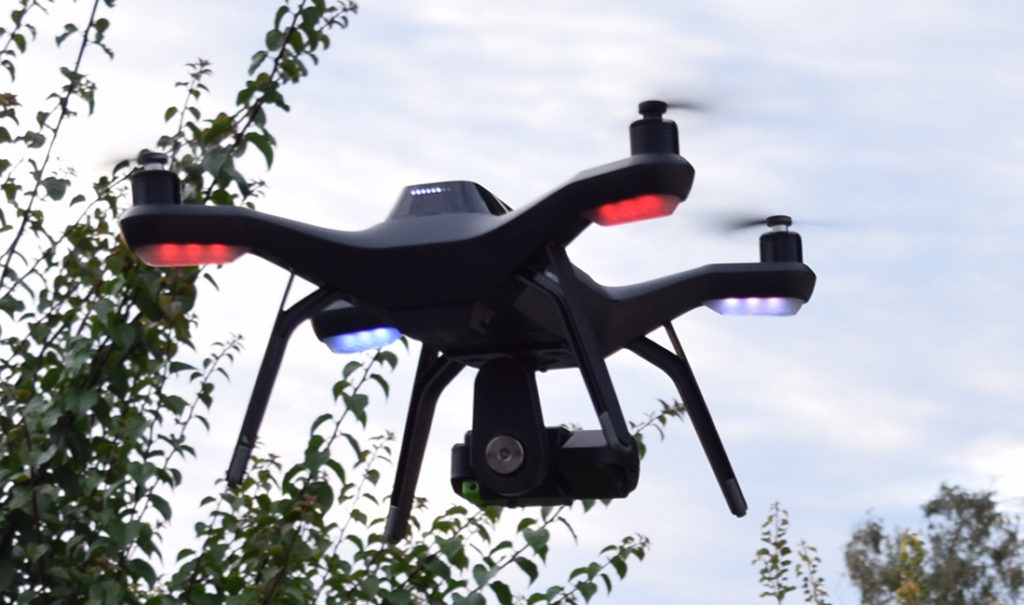Drones could be used to monitor babies in neonatal care
Health & Medical
Drone technology is being developed to perform routine health checks remotely in a bid to reduce infection spread in neonatal care.

Sign up to receive notifications about new stories in this category.
Thank you for subscribing to story notifications.
Researchers from the University of South Australia have successfully trialed the use of drones to remotely measure heart and breathing rates in humans aged between two and 40 using advanced image-processing systems.
Sensory Systems Professor Javaan Chahl said the breakthrough drone system initially began as a reflex response to fatalities resulting from problems with electrode instruments or shortages of instrumentation in developing countries.
“The norm is to stick electrodes on children to measure heart rates. Without any ill-intention, sometimes doctors in developing countries would re-use these electrodes due to a shortage of instruments,” Professor Chahl, the project’s supervisor said.
“This has lead to an infection control problem, where you may move skin infections from one child to the next. So, you can see a need for having a non-contact sensor.”
Other possible applications include monitoring the vital signs of residents in aged care facilities.
“The drones don’t need to capture what you’re doing. The image processing system can simply produce the variables of heart and breathing rate without having to see patients at all or invade their privacy,” he said.
“There may also be situations in clinical settings where you wouldn’t really think it’s worth having electrodes and instruments to monitor patients, but if you can just have a camera do it, you may be able to put instrumentation where you wouldn’t normally put it.”
The drone technology detects heart and breathing rates as accurately as standard heart monitors using a stabilised Go-Pro camera. Sophisticated image-processing systems then assess the video footage collected on the device and extract the heart and respiratory rates of the person without difficulty.

The technology is also being developed to detect vital signs of people in war zones, trapped by natural disasters or stranded in difficult to reach locations
“The research has been going for about three years, but it still has another year to go. It’s moving so quickly and we’re really trying to explore all the possible options.”
Professor Chahl said although the drone technologies were capable of monitoring several people in uncontrolled environments, the first goal was to pursue the initial aim of eliminating infection in neonatal subjects.
“The work with the neonatal subjects is something we are just going through the process of now,” he said.
“It is quite involved and there’s quite a lot of ethics to consider with filming and measuring information from babies, but there are a lot of potential benefits for neonatal care worldwide. Our current challenge is to get the original plan of neonatal instrumentation working well.”
Jump to next article



